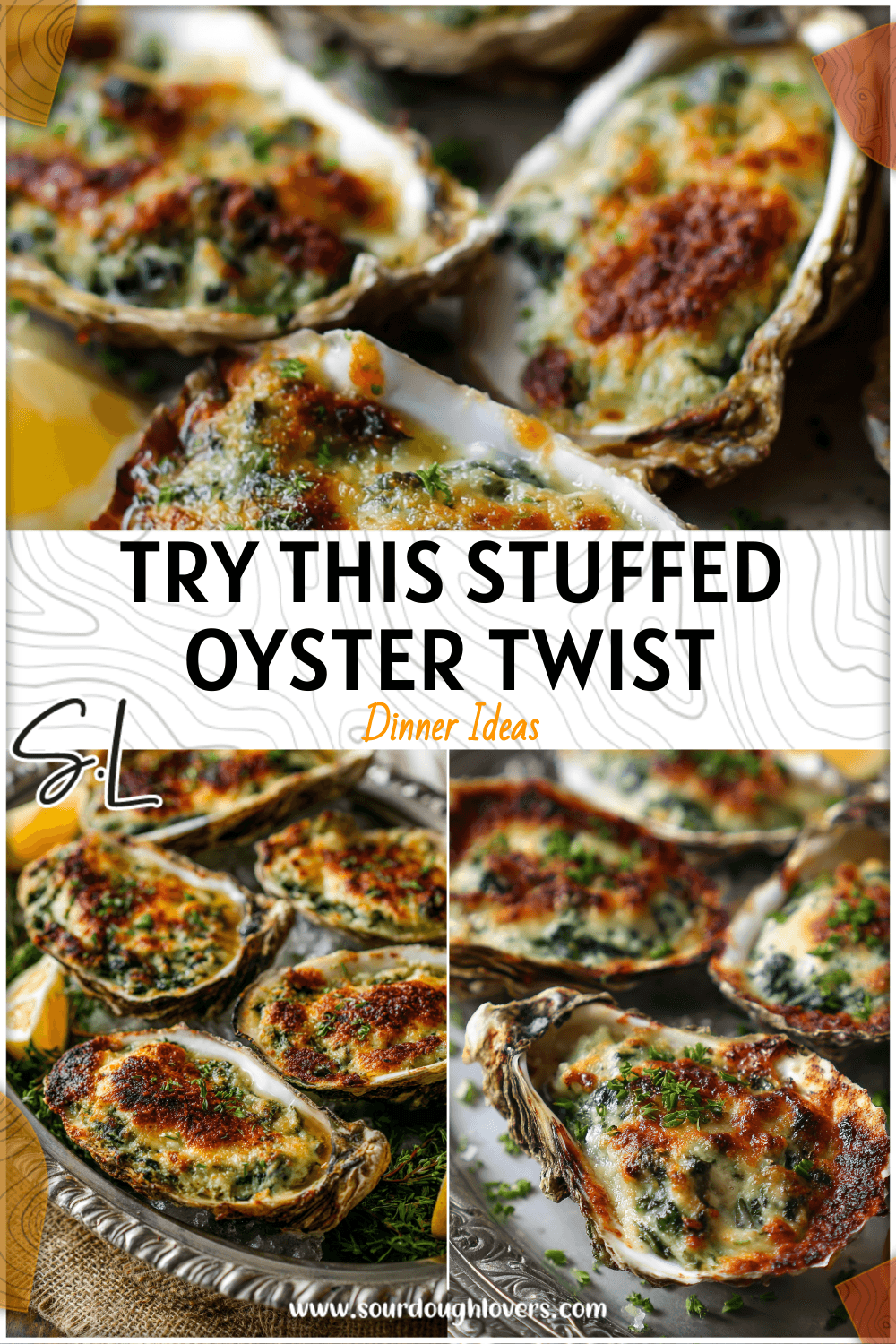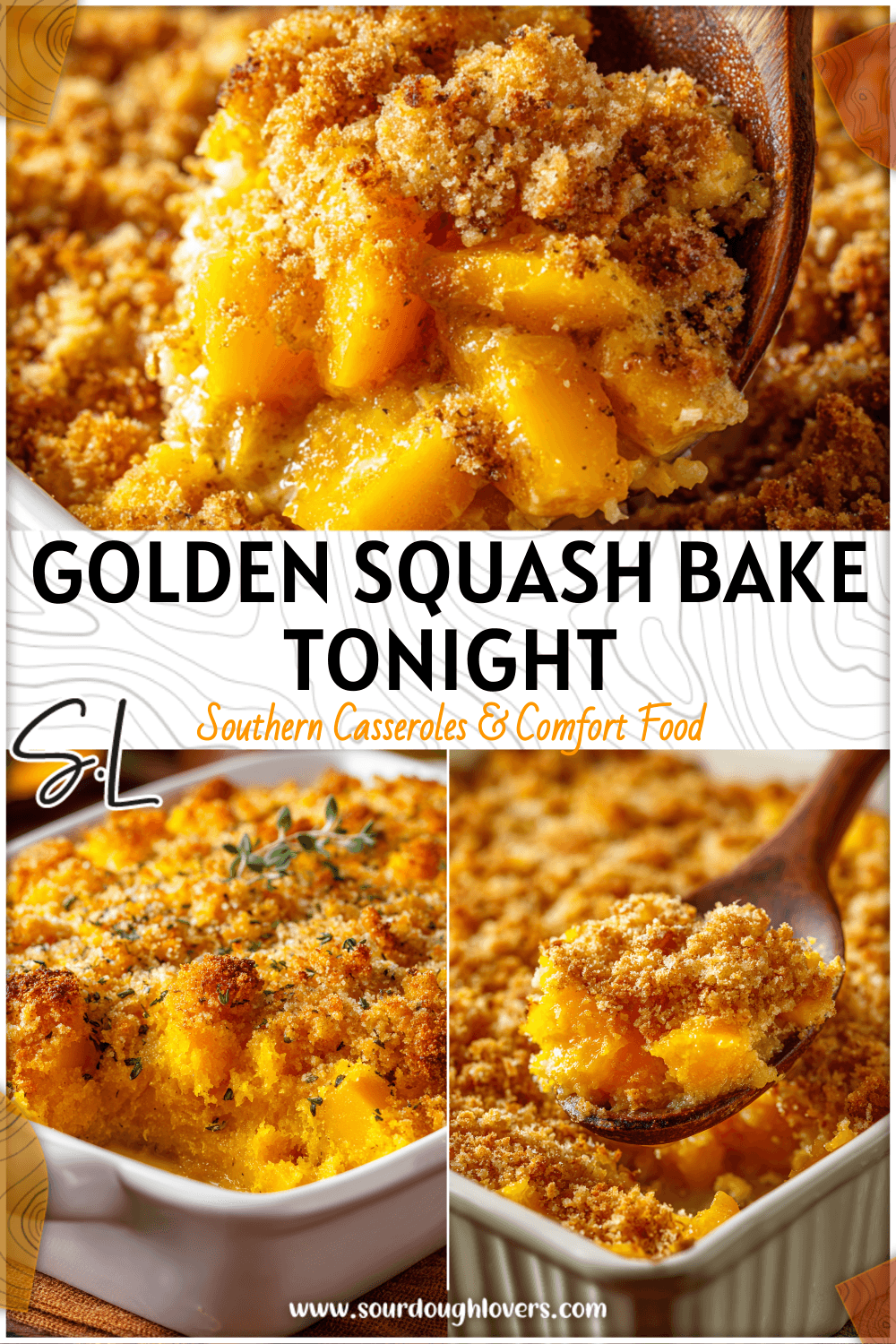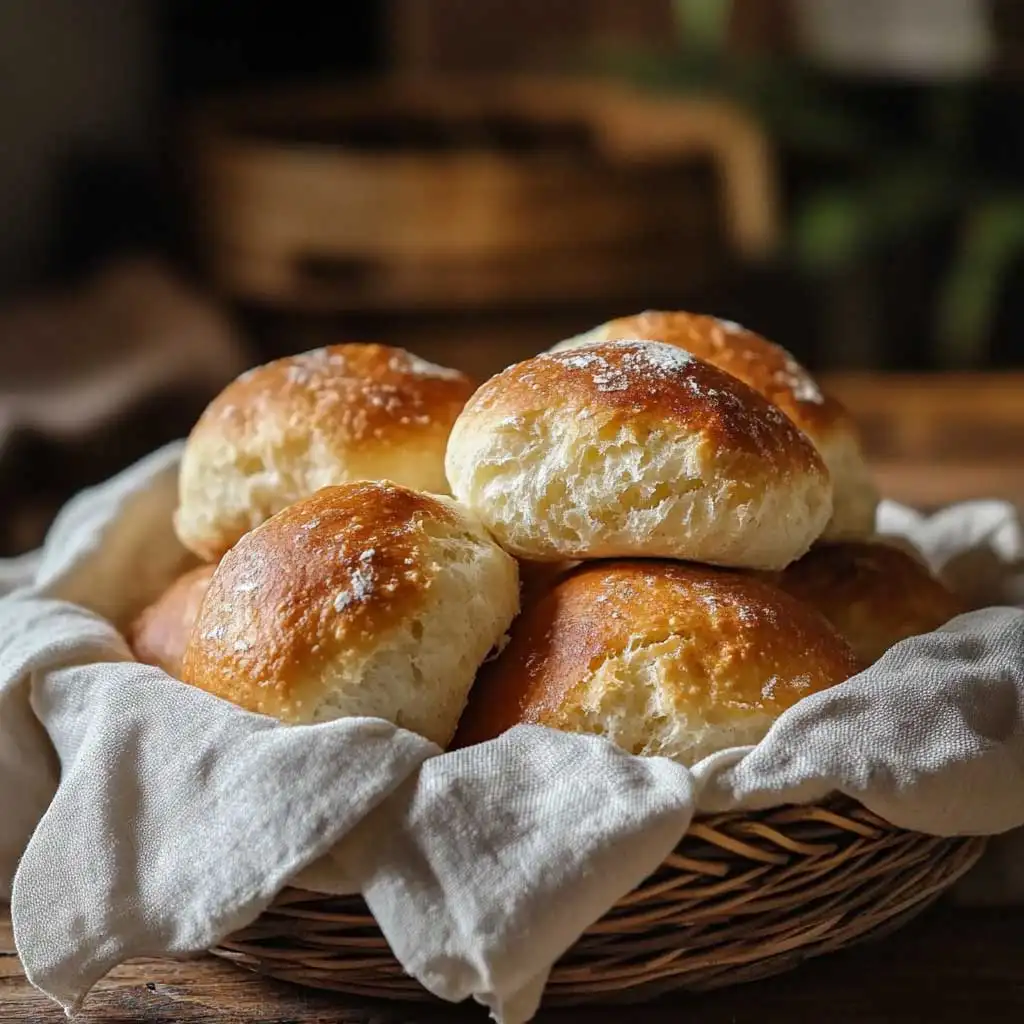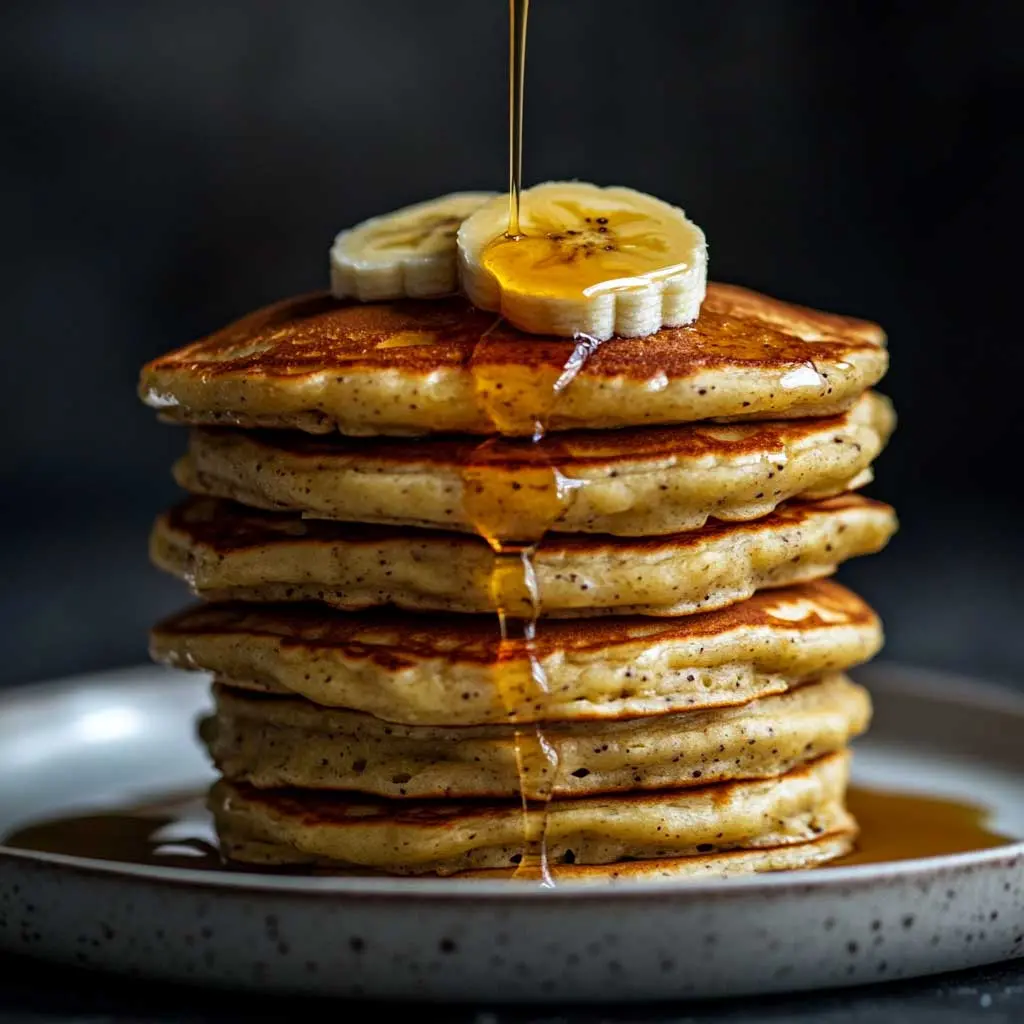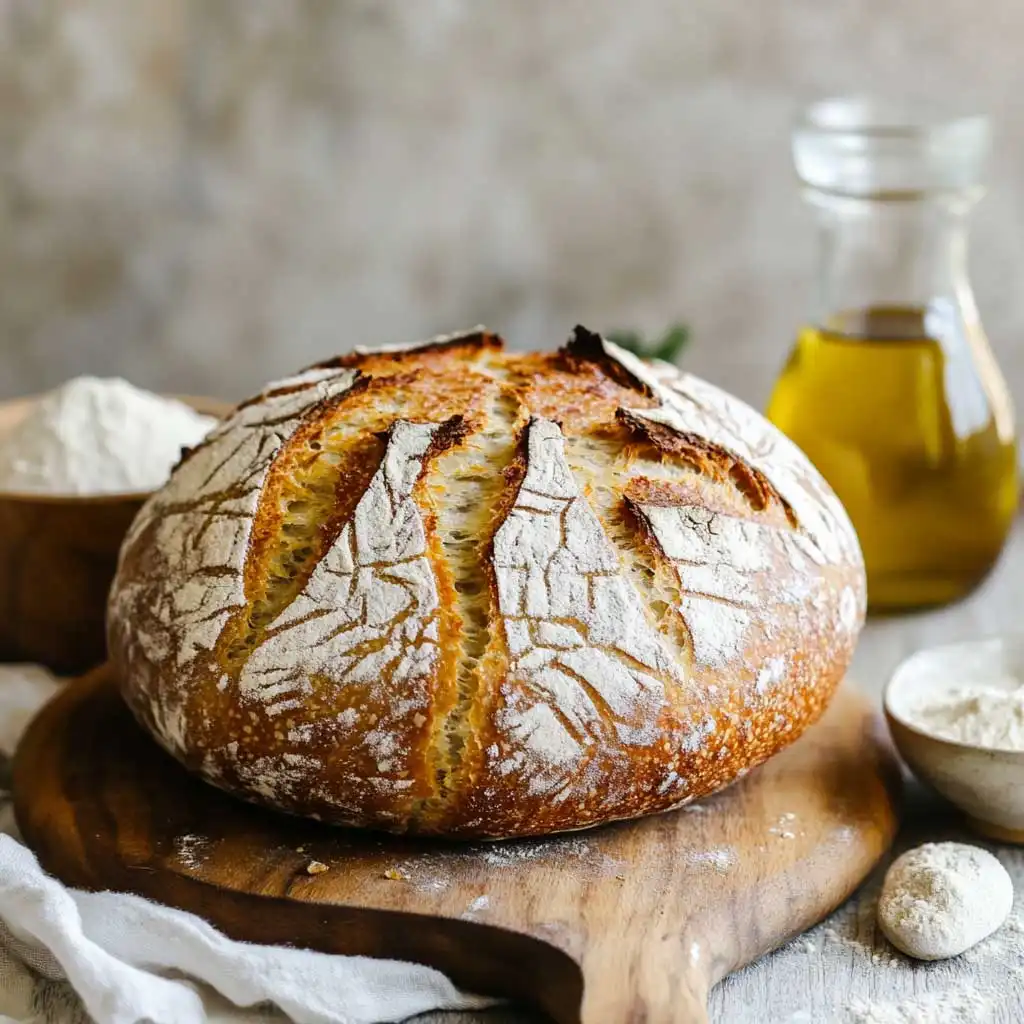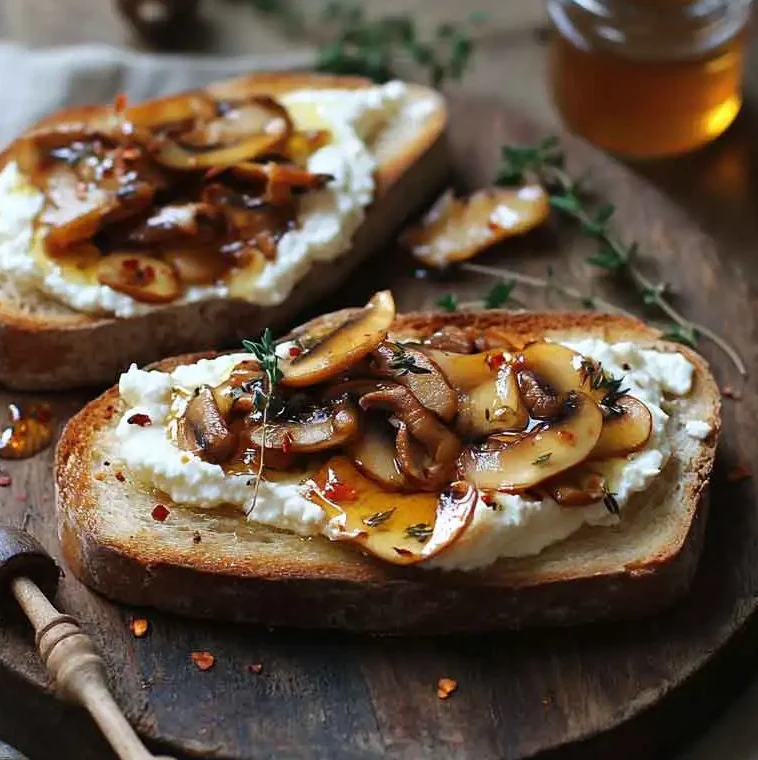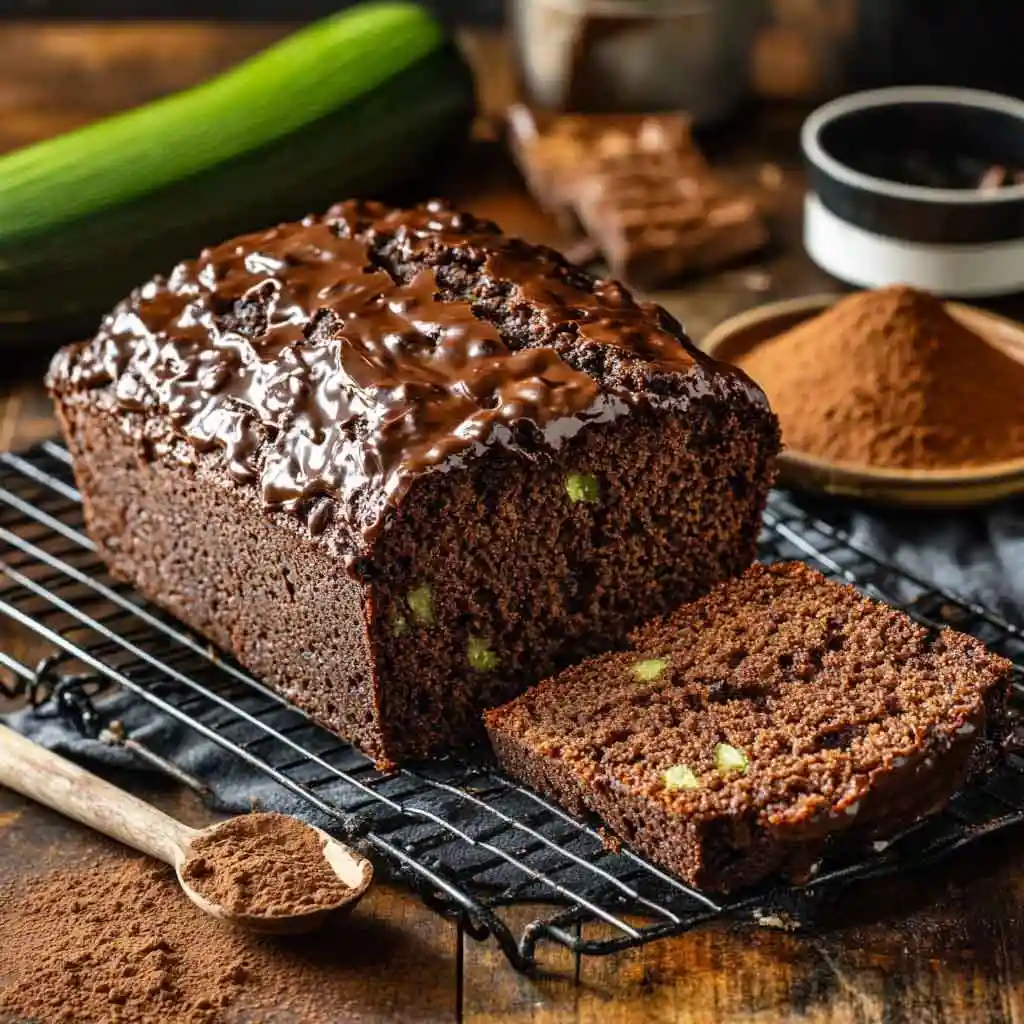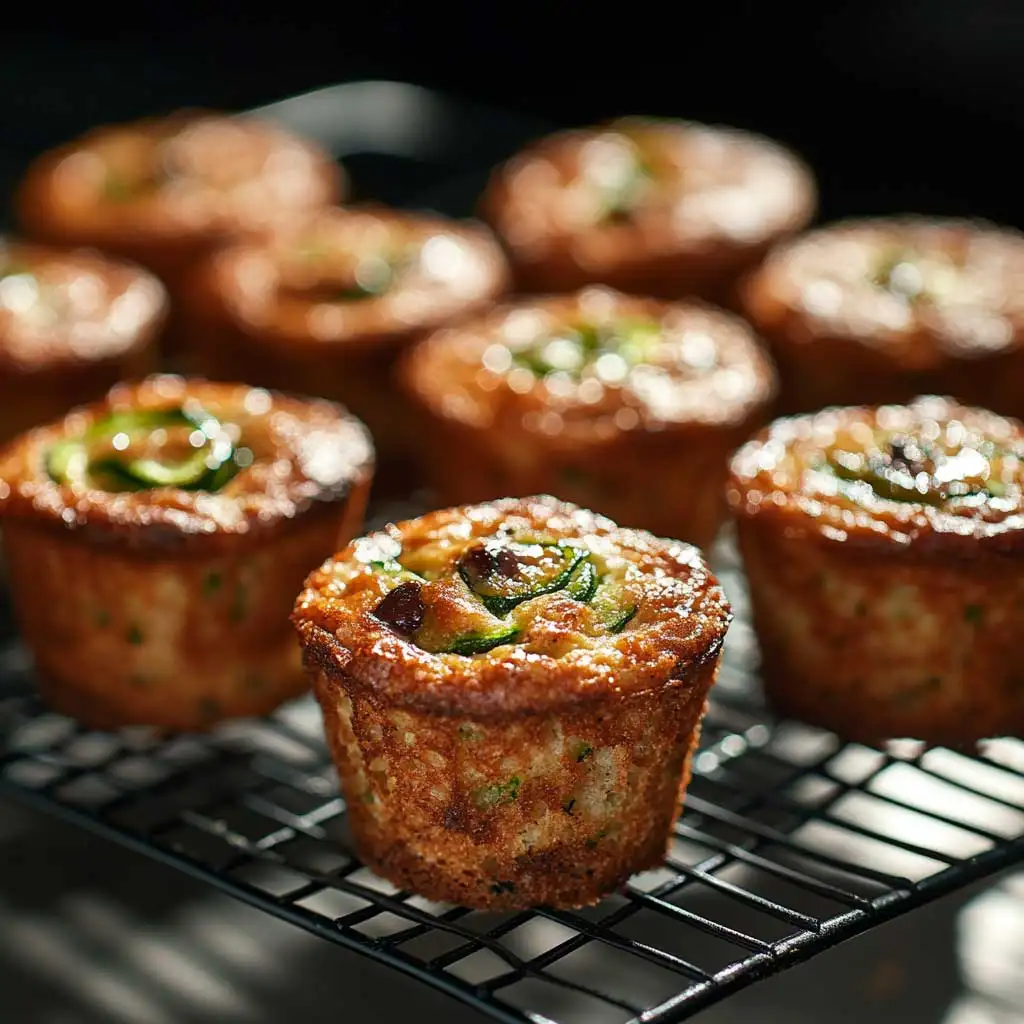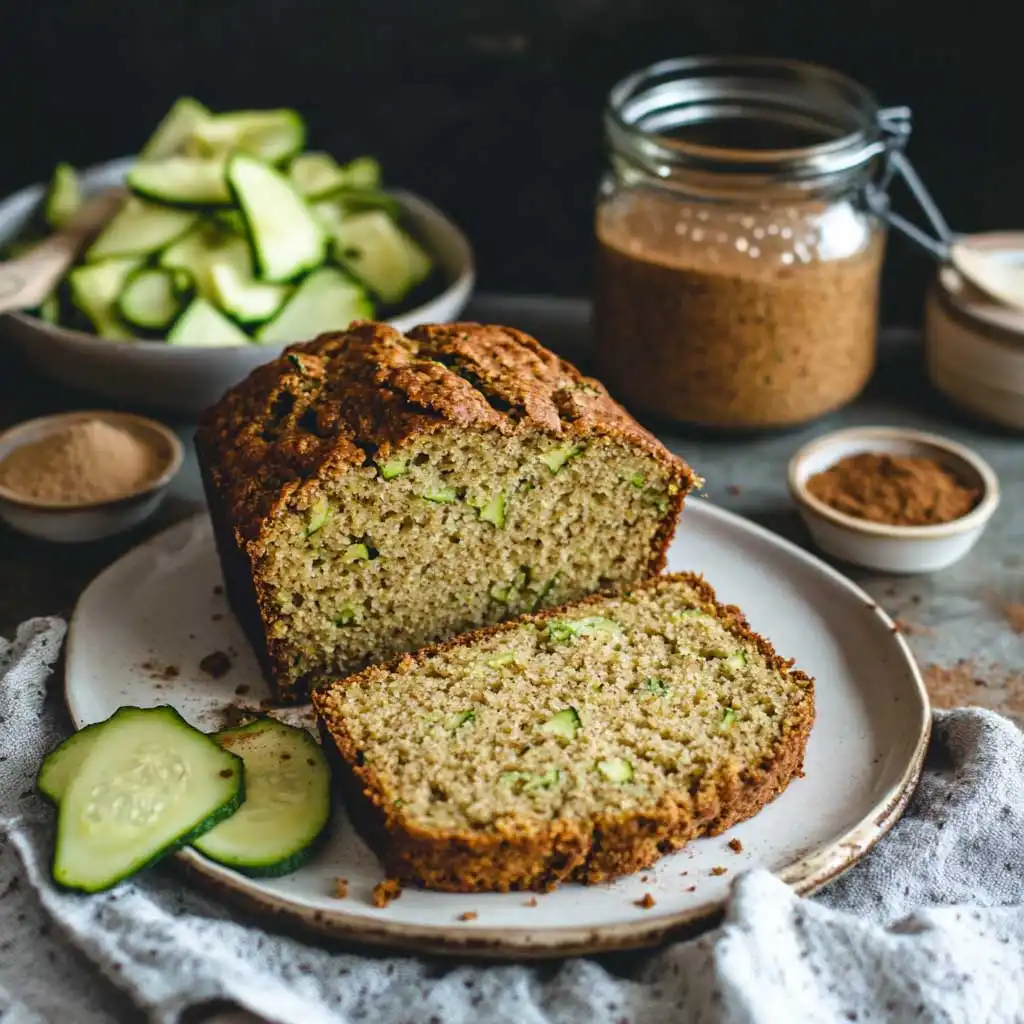Few dishes capture the spirit of a hearty family dinner like a warm, aromatic Homemade Stuffing Recipe. This timeless side dish blends golden bread cubes, fragrant herbs, and buttery comfort into every bite. In this article, you’ll discover the story behind this classic favorite, explore the precise ingredients and step-by-step method for making perfectly baked Classic Bread Stuffing, and learn expert tips to balance moisture and texture. Drawing inspiration from the beloved “Simple Is Best Stuffing” and long-standing holiday traditions, this guide helps you bring that same herbed, cozy flavor to every dinner table—any time of year.

About Homemade Stuffing Recipe
A Family Tradition Reimagined
My earliest memory of making a Homemade Stuffing Recipe starts in my grandmother’s kitchen, where the windows fogged from the warmth of the oven and the hum of conversation filled the air. The cutting board was a mosaic of golden bread cubes, patiently dried overnight to achieve that perfect crisp-yet-soft balance. She always insisted that good stuffing was about patience—letting the butter melt slowly with onions and celery until the scent alone could make everyone drift toward the kitchen.
It wasn’t just a recipe; it was an event—a gathering before the actual gathering. The clinking of spoons, the laughter echoing over shared stories, and the careful tossing of the bread with herbs like sage and thyme created a rhythm that felt sacred. Over time, this dish became more than a Thanksgiving essential. It became a constant—appearing at Sunday roasts, cozy winter dinners, and even casual weeknight meals that needed a touch of nostalgia.
Today, when I prepare my own version of this Homemade Stuffing Recipe, I still follow those same steps, just as she did—browning butter until it smells nutty, tasting the seasoning with anticipation, and baking until the edges crisp like golden lace. It’s more than cooking; it’s a way of preserving the warmth of those early memories and sharing them with my own family. The familiar scent alone wraps the entire home in comfort. It reminds us that some recipes deserve to be passed down unchanged because they carry flavor—and heart—in equal measure. This recipe truly brings the essence of “Classic Bread & Herbed Flavor for Every Dinner.”
Print
Homemade Stuffing Recipe – Classic Bread & Herbed Flavor for Every Dinner
- Total Time: 1 hour 15 minutes
- Yield: 8 servings 1x
Description
This classic homemade stuffing blends golden cubes of day-old bread with sautéed onions, celery, fresh herbs, and rich butter. Moisturized with chicken broth and baked to a perfect balance of crisp top and tender center, it’s a versatile side dish for any occasion. With optional additions like sausage, nuts, or dried fruit, you can customize the flavor for holidays or weeknight dinners. Expert tips guide you through achieving ideal texture and aroma, while FAQs cover make‐ahead steps and storage. Bring warmth and tradition to your table with this simple, comforting recipe.
Ingredients
Instructions
1. Preheat oven to 300°F (150°C) and toast bread cubes for 15–20 minutes until lightly dry.
2. Melt butter in a skillet over medium heat, add onion and celery, and sauté 8–10 minutes until softened. Season with salt and pepper.
3. Place toasted bread cubes in a large bowl, pour in vegetables with melted butter, and sprinkle fresh herbs. Toss gently to coat.
4. Gradually add 2 cups of warm broth, stirring until cubes are moist but not soggy. Add up to 1 cup more broth if needed.
5. Butter a baking dish, transfer the mixture, and cover with foil. Bake at 350°F (175°C) for 30 minutes.
6. Remove foil and bake an additional 15–20 minutes until the top is golden and crisp.
7. Let rest 5–10 minutes before serving, garnish with fresh parsley if desired.
- Prep Time: 30 minutes
- Cook Time: 45 minutes
- Category: side dish
- Method: baked
- Cuisine: american
Nutrition
- Serving Size: 1 cup
Keywords: stuffing, homemade stuffing, classic bread stuffing, herbed stuffing, holiday side dish, comfort food
What Makes Classic Bread Stuffing Special
The charm of Classic Bread Stuffing lies in its beautiful simplicity: a balance of textures and aromas that makes every bite feel like comfort in edible form. The top layer bakes to a delicate golden crust, while the center remains soft and tender, infused with butter and savory herbs. When you lift the baking dish from the oven, the fragrance of thyme, parsley, and sage fills the room with instant warmth.
Despite its association with holidays, this dish’s greatness is its versatility. Whether you pair it with roasted chicken on a weeknight or a festive turkey on a special occasion, it complements nearly every main course. A Traditional Stuffing Recipe like this fits any meal that needs something hearty yet harmonious, nurturing yet brightened by fresh herbs.
What elevates it to a staple is its adaptability. The “Simple Is Best Stuffing” principle—focusing on quality ingredients rather than complexity—proves that bread, butter, and herbs can create something extraordinary when treated with care. You can experiment with sourdough for tang, brioche for richness, or rustic white bread for that timeless texture found in many Classic Herbed Stuffing variations. Regardless of the bread choice, the result should always balance crisp and moist in perfect proportion.
Ultimately, Classic Bread Stuffing endures because it evokes home. Each spoonful is a reminder of connection—between generations, between cook and guest, between simple ingredients transformed into something deeply satisfying. It’s the kind of side dish that doesn’t compete for attention but effortlessly completes the table, making every dinner feel special.
How To Make Classic Bread Stuffing
Ingredients You’ll Need
Understanding how to make Classic Bread Stuffing begins with respecting its foundation—the ingredients. The charm of this dish lies in using simple, real food that allows every component to shine. The “Simple Is Best Stuffing Ingredients” approach reminds us that balance is key; layers of flavor emerge from thoughtfully chosen elements rather than complicated steps.
| Ingredient | Quantity | Purpose |
|---|---|---|
| Day-old bread cubes | 10 cups | Creates the structure and signature texture |
| Unsalted butter | ½ cup (1 stick) | Adds rich, buttery depth |
| Celery & onion (chopped) | 2 cups total | Builds an aromatic flavor base |
| Low-sodium chicken or vegetable broth | 2–3 cups | Provides moisture and binds ingredients |
| Fresh herbs (sage, thyme, parsley) | 3 tablespoons | Defines that “Golden Herbed Stuffing” taste |
| Salt & black pepper | To taste | Brings out the natural flavors |
| Optional additions: cooked sausage, chopped nuts, dried cranberries, apples, or mushrooms | As desired | For custom twists on the traditional recipe |
The base of the stuffing should always start with day-old bread, cubed and lightly dried for maximum flavor absorption. French, sourdough, or rustic white bread each bring slightly different notes—airy lightness, tang, or hearty chew respectively. Butter infuses richness that carries every herb and vegetable note.
Fresh herbs deliver the recognizable Classic Herbed Stuffing aroma. Sage adds warmth, thyme contributes earthiness, and parsley brightens the overall profile. The broth determines moisture—whether you prefer a drier, fluffier texture or a more custard-like softness, adjusting by a half cup can make all the difference.
Optional add-ins help personalize the experience. Cooked sausage makes the stuffing more substantial, while dried fruit like cranberries or apples add bursts of sweetness. Every variation shares one promise: comfort in every bite, true to the “Simple Is Best Stuffing Ingredients” philosophy.
Step-by-Step Directions
Now that everything is gathered, it’s time to bring this Traditional Stuffing Recipe Method to life. Patience and attention are your best tools, but everything else—mixing bowls, a skillet, a baking dish, and some foil—will help you reach that ideal golden finish.
Step 1: Prepare the Bread Base
Spread bread cubes on a baking sheet and toast them in a 300°F (150°C) oven for 15–20 minutes, just enough to dry them slightly. The lightly crisp texture ensures even moisture absorption later.
Step 2: Sauté the Aromatics
In a large skillet over medium heat, melt the butter until foaming. Add chopped onions and celery and cook until softened and fragrant—about 8–10 minutes. Season lightly with salt and pepper.
Step 3: Combine Bread, Herbs, and Vegetables
In a large mixing bowl, add the bread cubes. Pour the vegetable mixture and melted butter on top, then sprinkle in chopped fresh herbs. Gently toss until evenly coated.
Step 4: Add the Broth and Adjust Moisture
Pour 2 cups of warm broth gradually over the mixture, stirring to combine. If it feels too dry, add up to another cup. Each cube should be moist to the touch but still hold its shape when pressed.
Step 5: Transfer and Bake
Grease a baking dish with butter, spoon the mixture evenly inside, cover with foil, and bake at 350°F (175°C) for 30 minutes. Uncover and bake 15–20 minutes longer until the top is lightly crisp.
Step 6: Serve and Enjoy
Let the stuffing rest for 5–10 minutes before serving. Garnish with parsley or a dab of herb butter if desired.
This Traditional Stuffing Recipe Method shows that great flavor doesn’t require complexity—just care and timing. Each stage contributes to the final harmony of bread, butter, and herbs that completes any dinner table.
Classic Stuffing Recipe Tips
Expert Tips for Perfect Stuffing
Making the perfect Classic Bread Stuffing is as much about technique as it is about ingredients. The following Classic Bread Stuffing Tips help achieve that ideal texture—crisp outside, soft inside—and ensure balanced, herbed flavor.
- Choose the Right Bread: Use sturdy, slightly dry loaves such as French, sourdough, or country white bread. Dry them overnight or toast lightly before use.
- Control Moisture: Add broth gradually. The mixture should feel damp and springy, not wet. Cover while baking, then uncover for crispness.
- Use Plenty of Butter and Aromatics: Butter carries flavor. Cook onions and celery slowly to release sweetness before mixing.
- Layer the Herbs: Add sage, thyme, and parsley during sautéing and again before baking for depth and fragrance.
- Bake in Stages: Cover first for tenderness, uncover later for a golden finish. A drizzle of butter before uncovering enhances color.
- Make Ahead: Assemble a day before, refrigerate, and add a splash of broth before baking for easy prep and fresh taste.
These Classic Bread Stuffing Tips guarantee consistency, letting you serve flavorful, homey stuffing every time.
Variations & Flavor Twists
A Homemade Stuffing Recipe adapts beautifully to any occasion. Try these Homemade Stuffing Variations for creative spins while keeping its comforting soul intact.
- Sausage and Herb Stuffing: Add browned sausage for richness. Extra sage and black pepper deepen its classic taste.
- Vegetarian Herbed Stuffing: Substitute vegetable stock, add mushrooms for depth, and finish with roasted garlic or caramelized onions.
- Cornbread Stuffing Twist: Replace half the bread with cornbread for a rustic Southern flavor with subtle sweetness.
- Fruited Holiday Stuffing: Fold in diced apples or dried cranberries for sweetness and chopped nuts for crunch.
- Wild Rice and Nut Blend: Add cooked wild rice and toasted nuts for a hearty, nutty variation.
- Mushroom and Leek Stuffing: Combine sautéed mushrooms and leeks for a woodsy vegetarian delight.
These versions show the flexible spirit of the Homemade Stuffing Recipe—simple, comforting, and endlessly customizable for every dinner and celebration.
Homemade Stuffing Recipe for Every Dinner
Frequently Asked Questions
Every great Homemade Stuffing Recipe for Every Dinner benefits from a few practical tips. Here are some of the most frequent Homemade Stuffing FAQ answers for perfect results.
- Can I make stuffing ahead of time? Yes. Assemble a day before, refrigerate covered, and bake after adding a little warm broth.
- How do I keep stuffing moist but not soggy? Add broth gradually until lightly damp. Start baking covered, then uncover for a crisp top.
- What’s the best bread? Use sturdy, day-old loaves like French or sourdough. Avoid soft sandwich bread.
- Can I stuff the turkey directly? Yes, if both turkey and stuffing reach 165°F (74°C), but baking separately gives better texture.
- How should I store leftovers? Refrigerate in an airtight container for up to three days. Reheat with a splash of broth at 350°F (175°C).
Bringing Comfort to the Table
This Homemade Stuffing Recipe for Every Dinner represents comfort cooking at its best. Its Classic Bread & Herbed Flavor blends simplicity, nostalgia, and homemade warmth. From rustic sourdough cubes to apple or sausage variations, each version brings unique charm while keeping that signature buttery aroma.
The harmony of bread, butter, broth, and herbs creates something greater than the sum of its parts. Whether served beside roast turkey or a weekday chicken, it ties the entire meal together with its soothing flavor and scent.
A true Homemade Stuffing Recipe isn’t just food—it’s memory made edible. Every batch carries laughter, warmth, and the tradition of shared tables. So gather your ingredients, let butter meet sage, and savor that first forkful of comforting flavor. One bite, and you’ll rediscover why simple, homemade dishes endure forever.



